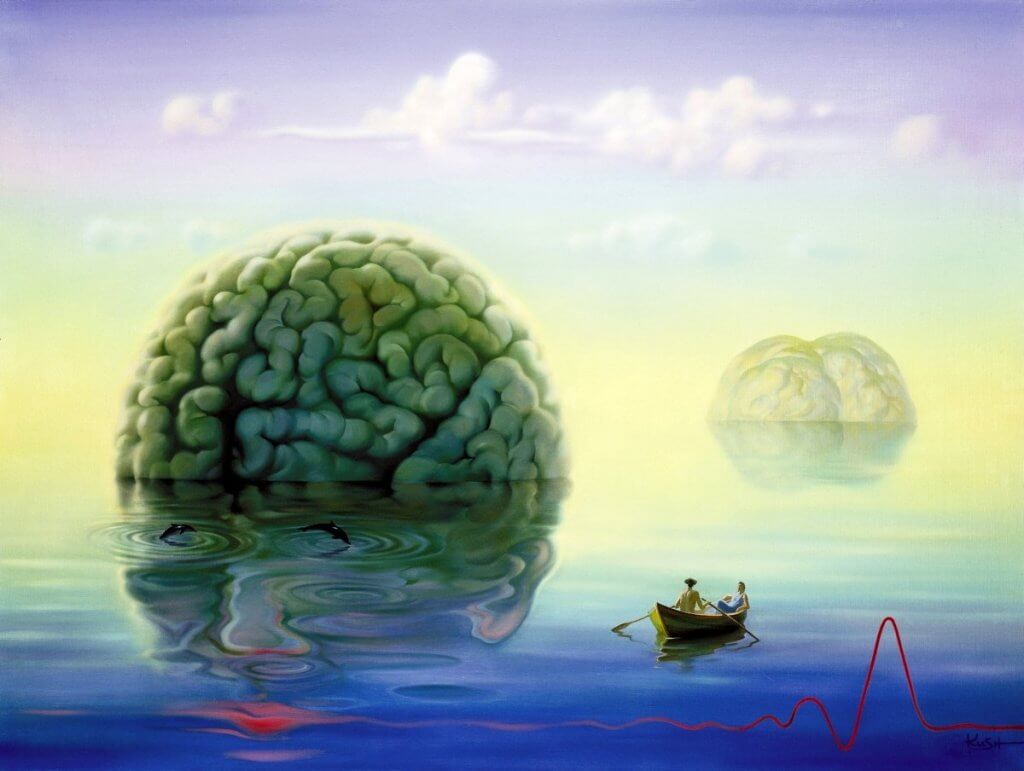Metaphors are a widely used resource in therapy, according to Lankton, a metaphor is a linguistic form that makes an implicit comparison between two different entities, there is evidence that, in the therapeutic context, metaphors are an essential element for changes in the patient to appear before and at a deeper level.
Metaphors present the patient with a situation that he knows, or better lived by, that is associated with the problem he presents and that also offers him a solution.
- Therapeutic metaphors must have a number of characteristics to be effective.
- First.
- The metaphor must be understood by the patient.
- So their account must be adapted to their level of understanding.
- On the other hand.
- It is desirable that the person feel reflected.
- In them.
- So that they understand what is going on and that understanding motivates them to make the necessary therapeutic change.
The metaphor must also have an action structure, so that the necessary steps that the patient must take to achieve the change are reflected in the narrative, in addition, it must propose a solution or a solution to the problem, so that the patient can clearly see that the steps you need to take will lead you, if done correctly, to solve the problem for which you are treating.
Particularly in Acceptance and Commitment Therapy (ACT), the use of metaphors is widespread. We want to expose the reader to some metaphors that we believe can help patients or anyone who feels lost.
Imagine that you and your therapist are two climbers, each climbing a different but nearby mountain. The therapist can see a path that can help him climb his mountain better, not because he’s smarter than you, or because he’s already climbed it, but because he’s in a position where he can see things you can’t see now. Finally, even if the therapist shows you the way, it’s up to you to climb the mountain.
Therefore, the therapist’s advantage over the patient is perspective. The therapist can offer the patient a point of view that he or she does not have; but the patient must integrate this information with the one they already have in order to move forward.
Negative automatic thoughts, as the name suggests, automatically appear in our minds because they have been repeated and repeated for a long time, so we create the habit of thinking.
A metaphor that is used a lot in therapy to explain this mental phenomenon has to do with something that happened to us and we all did. What happens when a lamp burns or the light goes out? We walked into this room and even though we knew the light wouldn’t come on, we hit the switch. The same thing happens with thoughts, it is something that is already incorporated and automated.
Is a house useless if your furniture is old, ugly or damaged?The answer is no. The house has value, no matter what furniture it contains, the house is not furniture. Similarly, human beings have value regardless of their ad hoc thoughts or attitudes.
We may have thoughts or gestures that are more or less harmful, harmful, or negative, but that doesn’t make our whole person that way.
Anxiety is like being in quicksand: the more you fight it to get out of there, the more anxious we become and the more desperate and energetic this fight is, so what this metaphor recommends is that when you’re in a state of anxiety, try to relax, act against what the body asks you to do.
You have one goal: to travel, to change your tone and to start a life in a new city. You take the car to get there and the intruders in the back seat start saying, “But where do you think you’re going?”Can’t you get this car, drive so much and live somewhere else?
These awkward passengers are negative thoughts: they try to boycott our goals, causing anxiety, and finally push us to leave the car and return home to our comfort zone.
You’ve been invited to a big party: your best friend’s wedding, of course you’re looking forward to attending, but you’ve learned that there will also be someone you don’t like very much, he’s a colleague of the groom. you’ve been introduced to once and that doesn’t suit you, are you going to stop going to the wedding for that?I guess your answer is no, because you have a lot of other people you can take advantage of.
Similarly, negative emotions are like this guest: just because they were also invited to the party doesn’t mean we should stop doing the things we care about.
Negative emotions are like heat: very unpleasant, I’m sure you don’t think it’s awful to feel warm, unbearable, the worst thing in the world, it’s awkward, but we know that every now and then we’ll have to go through this, especially in summer. We don’t give it more importance than that.
In the same way there are negative emotions and sometimes we will have to live them Why are we not so lenient with our own emotional states?Emotions, as well as heat, a headache or a pimples in the nose, are nothing more than boring or uncomfortable physiological states, but they do not go beyond giving us this information.
Now it’s up to you to always remember these metaphors when you need them!You’ll see how, from this new perspective, everything will be cleared up.

